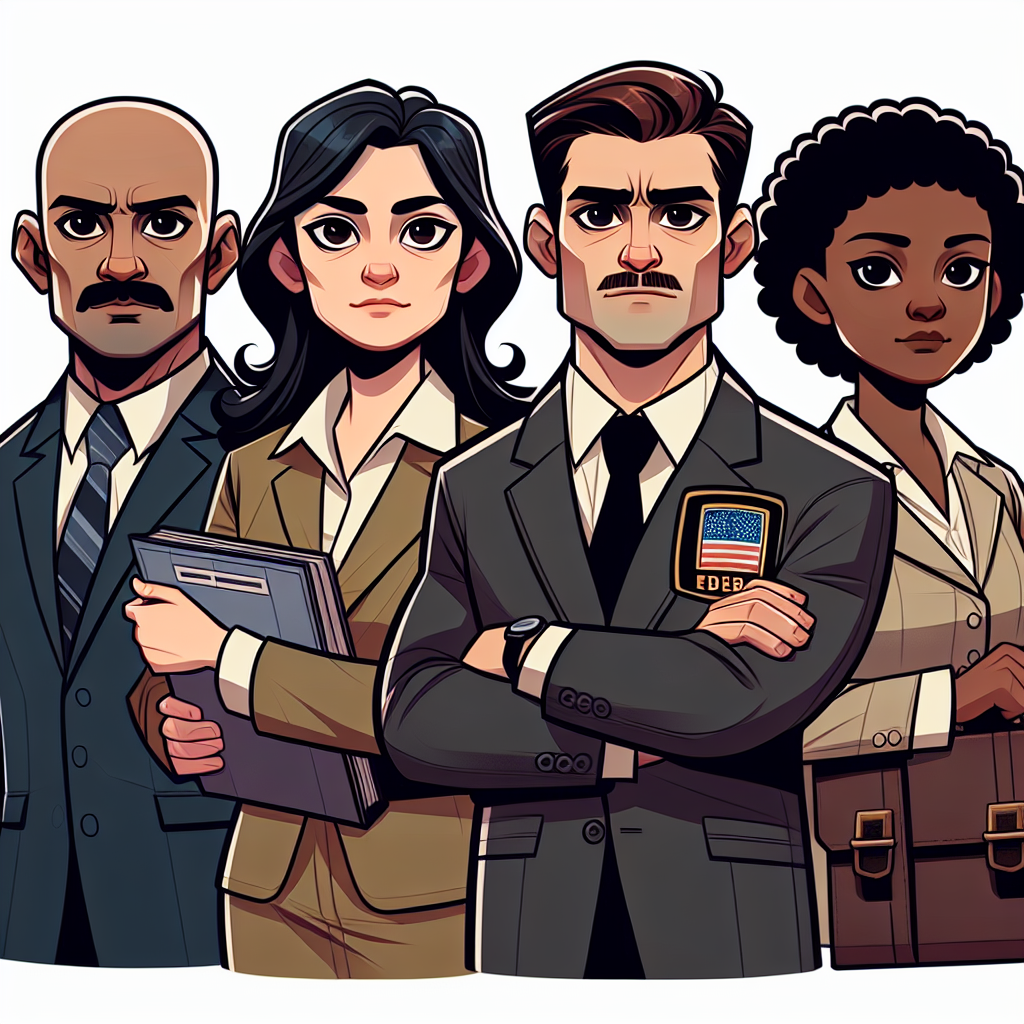The Rise of Autonomous AI Agents: Redefining Digital Interactions
The third phase of generative AI introduces autonomous agents, capable of working in teams and using tools to execute complex tasks. Emerging systems like OpenAI's ChatGPT agent are advancing past chatbots, enabling goals-oriented activities. Despite their potential, these AI agents come with risks such as technological displacement and safety concerns.

- Country:
- Australia
The emergence of autonomous AI agents marks a new era in the development of artificial intelligence. As the third phase of generative AI unfolds, these agents are setting their sights beyond mere task completion, aiming to achieve goals with relative autonomy.
OpenAI's latest offering, the ChatGPT agent, exemplifies this leap by integrating existing AI tools into a more powerful system capable of simulation that 'thinks and acts.' This development follows the previous phases led by chatbots and AI assistants, which were limited in scope by their conversational interfaces.
However, the rapid evolution of AI technologies brings with it significant risks. The displacement of human jobs, combined with potential safety hazards, demands careful supervision and robust safeguards. As organizations like Telstra embrace these tools for efficiency, the conversation around AI ethics and impacts grows increasingly urgent.
(With inputs from agencies.)










